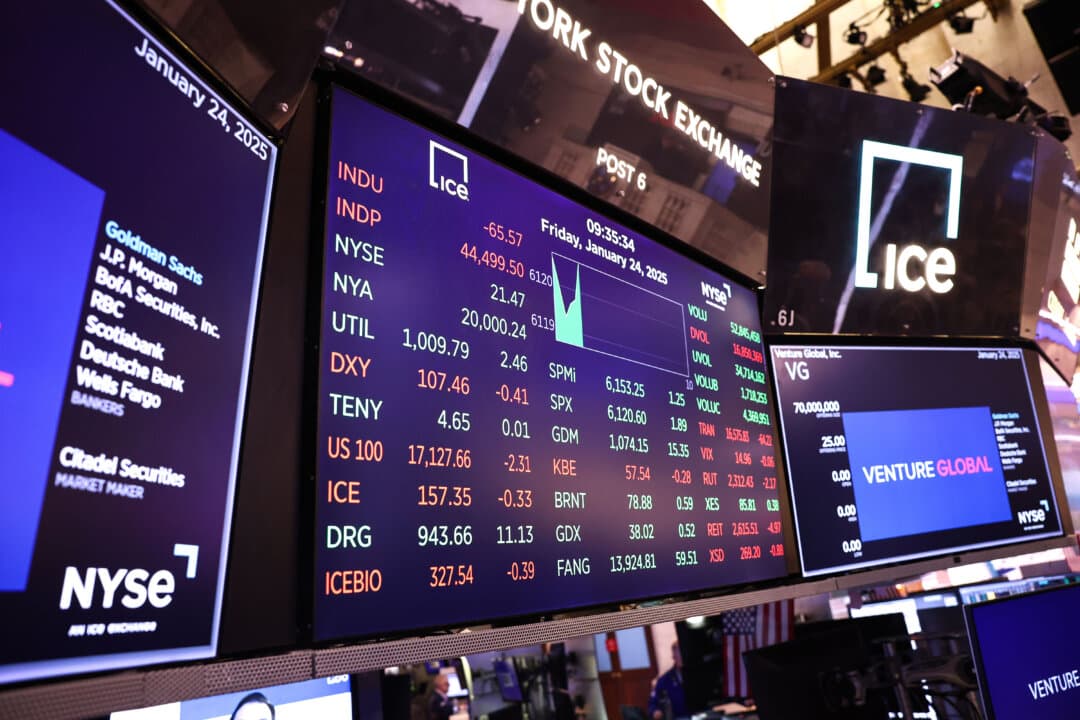Global Stocks Tumble as AI Valuations Drive Broad Reassessment
Global equities slipped on November 18, 2025 as investors scaled back lofty AI era valuations ahead of Nvidia's closely watched earnings, a move that has market participants and policymakers parsing growth versus profitability. The sell off matters because it signals a potential rotation in capital flows, raises the bar for AI companies to show real revenue, and may influence Federal Reserve expectations about the path of interest rates.

Global stocks fell on Tuesday, November 18, 2025, as investors wrestled with stretched AI related valuations and positioned cautiously ahead of Nvidia's earnings, a near term catalyst for the semiconductor and cloud computing complex. The move extended a broader shift in market sentiment that has been building through this earnings season, as investors weighed whether the next wave of AI applications can translate into durable revenue.
Analysts and market participants pointed to mixed signals across technology and cloud infrastructure providers. The recent earnings season shows that the big hyperscalers are still getting lots of revenue coming through 2026-27, Gallagher said, adding that investors are watching Meta closely because without a server business it serves as an indicator of whether the next wave of AI applications can deliver revenue. That scrutiny has translated into a pullback in richly priced AI and semiconductors names, and a renewed appetite for areas with nearer term earnings visibility and lower valuation multiples.
Portfolio managers described the move as partly a routine correction after a prolonged rally in AI related stocks that had driven their valuations to premium levels versus the broader market. That suggests this is just a routine, healthy correction, Gallagher said. But investors also face a more uncertain macroeconomic backdrop, complicating the calculus for risk taking. Gallagher noted that there is an element of de risking amid an uncertain macro environment. Investors are uncertain about a previously expected Fed rate cut in December, he said, adding that the central bank will "probably" now pause in the first quarter of 2026.
That recalibration of rate expectations has immediate market consequences. Higher for longer interest rates raise the discount rate applied to long duration tech earnings, making future AI driven profits less valuable in present terms. For growth companies whose business cases rest on scaling revenue far in the future, even small shifts in rate outlooks can materially compress valuations. The combination of stretched multiples and policy uncertainty has prompted some investors to lock in gains and reduce exposure to companies without clear near term profit pathways.
Nvidia's earnings, slated this earnings window, have become the focal point for traders and strategists who view the chipmaker's results and guidance as a proxy for corporate AI spending and data center demand. A strong report could restore confidence by validating continued capex from cloud providers and enterprises. Conversely, cautious guidance on server demand or slowing customer buildouts could deepen the re pricing and spur further rotation into cyclical and value sectors.
Looking beyond the immediate trading dynamics, the episode underscores a longer term theme for markets and policymakers. The AI era continues to reshape revenue sources across sectors, but investors are increasingly demanding clearer lines from experimental adoption to monetization. For the Federal Reserve, signs that markets are tightening valuations because of policy uncertainty could influence communication and timing decisions. For companies, the path ahead will require demonstrable revenue traction and margin improvement to justify premium valuations granted during the hype phase. The coming weeks of earnings and economic data will determine whether this is a temporary pullback or the beginning of a more prolonged reassessment of AI era expectations.

